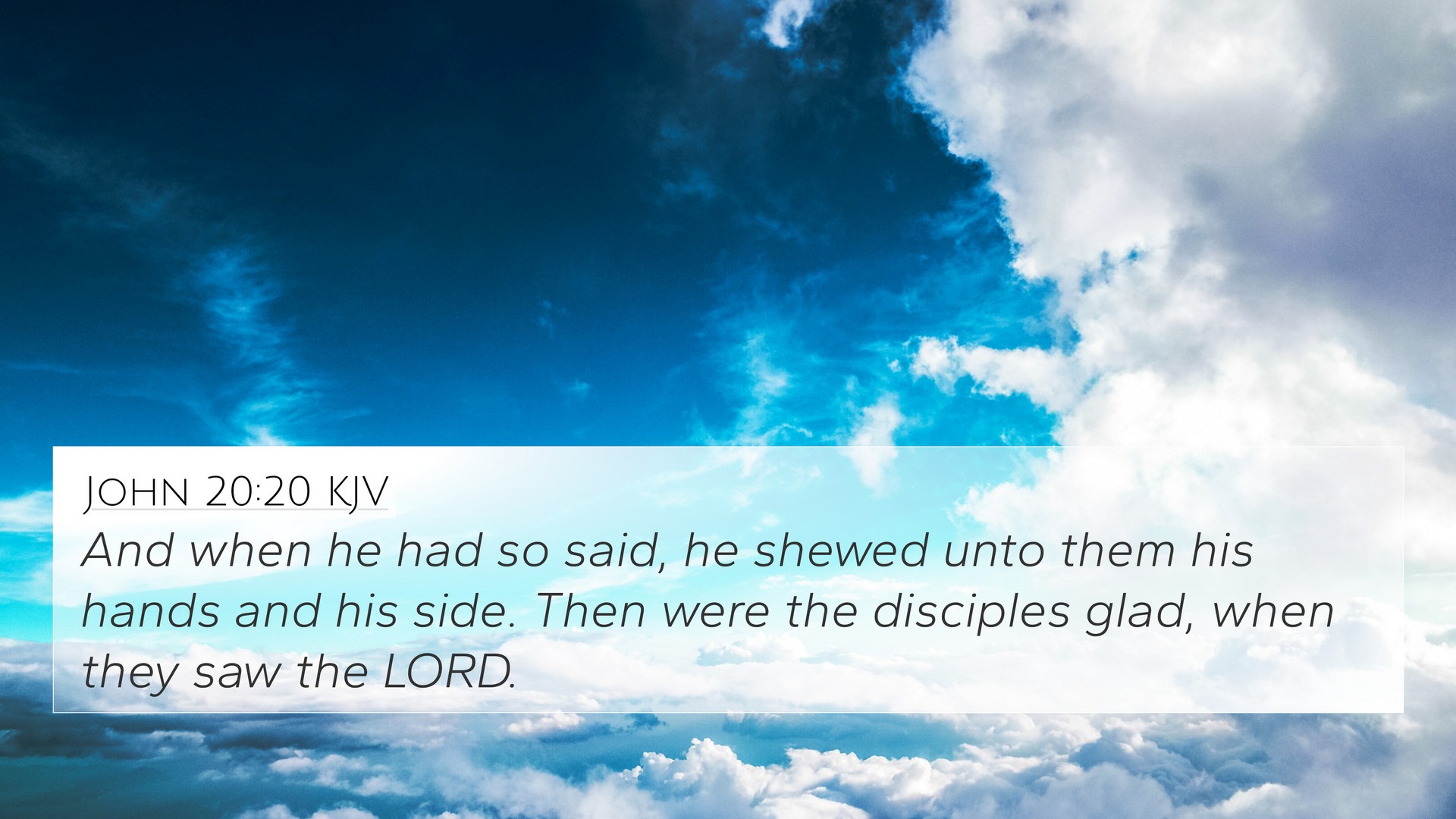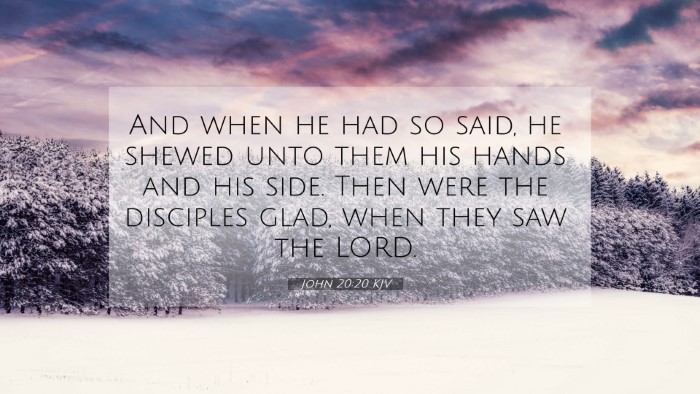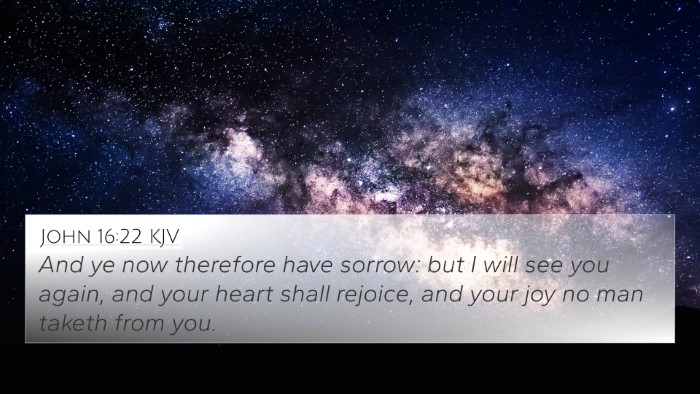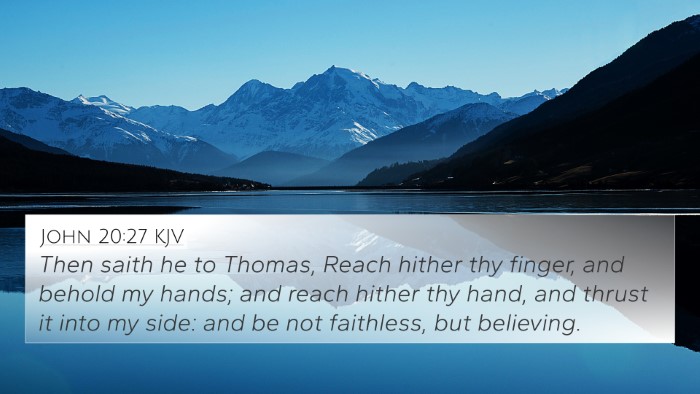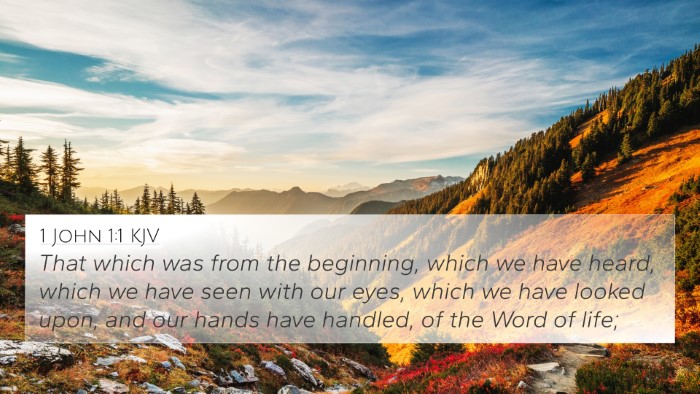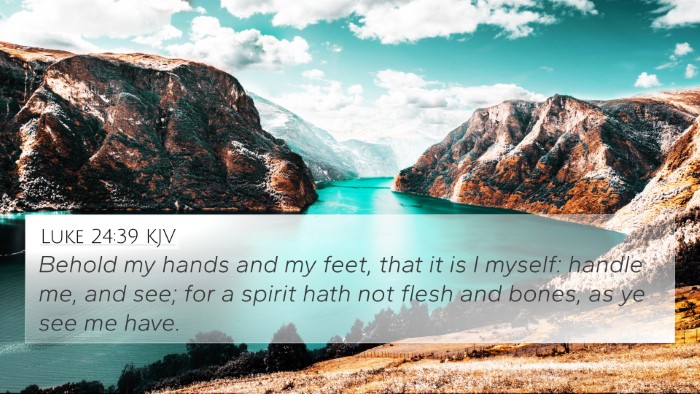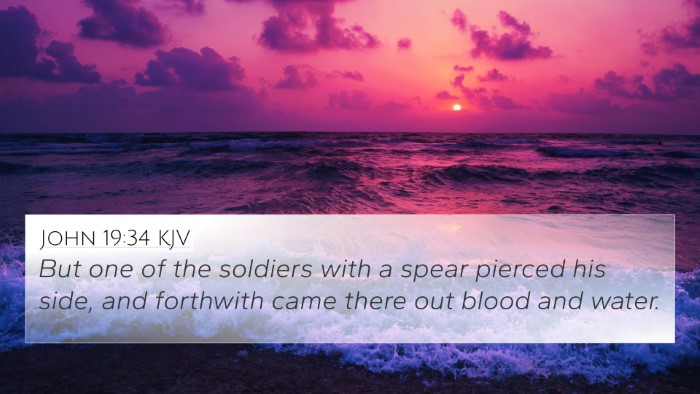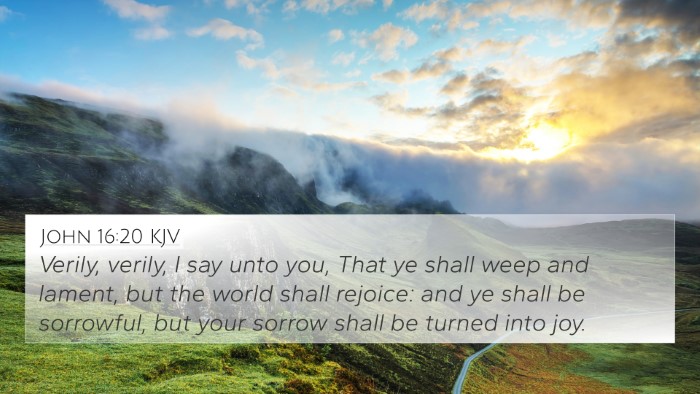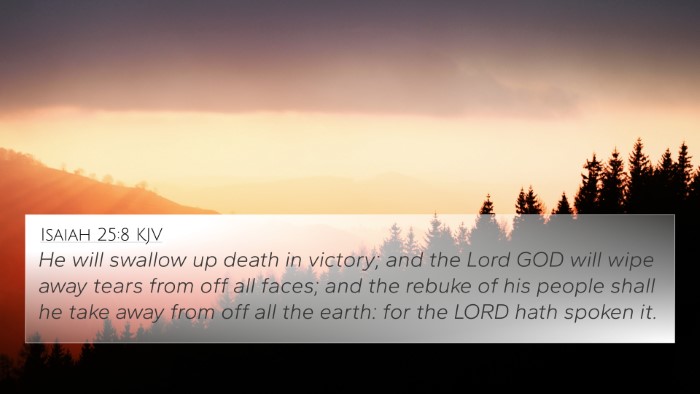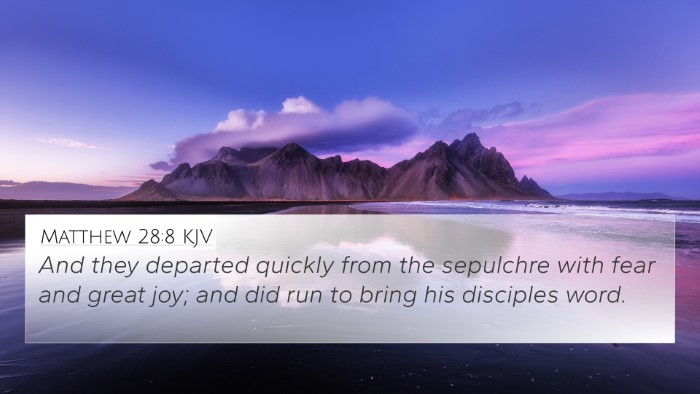Understanding John 20:20
John 20:20 states: "When He had said this, He showed them His hands and His side. Then the disciples were glad when they saw the Lord."
This verse is situated in the aftermath of Christ's resurrection, when He appears to His disciples, bringing with Him both reassurance and joy. The significance of this verse is multifaceted, intertwining various themes prevalent throughout the Gospel of John and the broader biblical narrative.
Main Themes
- Revelation of Christ: The presentation of His hands and side signifies the reality of His wounds and the truth of His resurrection.
- Joy and Assurance: The reaction of the disciples reflects the transformative power of seeing the risen Christ, marking the shift from despair to hope.
- Fulfillment of Prophecy: This meeting underscores the fulfillment of Christ's prophecies regarding His suffering and resurrection.
- The Nature of Faith: The encounter emphasizes the importance of faith in recognizing Jesus as the Messiah.
Commentary Insights
According to Matthew Henry's commentary, this passage highlights how the resurrection alleviates fear and sorrow, transitioning the disciples from confusion to clarity. Henry notes that their gladness stems from the comfort of Christ's presence and the assurance of their mission moving forward.
Albert Barnes contributes to this understanding by emphasizing the importance of Christ's physical confirmation of His resurrection. He points out that the showing of His hands and side serves as a tangible proof of His real presence, countering any doubts that may have lingered in the disciples' hearts.
Adam Clarke further elaborates on the emotional response of the disciples, noting that their joy is not merely an emotional reaction but a profound spiritual awakening that grants them hope and purpose. Clark underlines the uniqueness of this encounter as a revival of the disciples' faith.
Cross-References
John 20:20 connects to several key biblical verses that further illuminate its meaning:
- Luke 24:39 - "See My hands and My feet, that it is I Myself. Touch Me, and see." - A parallel where Jesus invites touch as a confirmation of His corporeal existence.
- Matthew 28:9 - "And as they went to tell His disciples, behold, Jesus met them, saying, 'All hail!'" - Another instance of Jesus revealing Himself after resurrection.
- Mark 16:14 - "Later He appeared to the eleven as they sat at the table; and He rebuked their unbelief and hardness of heart." - Yet another affirmation of His risen state aimed at dispelling disbelief.
- John 14:27 - "Peace I leave with you, My peace I give to you." - A verse that resonates with the peace that Jesus imparts to His disciples post-resurrection.
- Acts 1:3 - "To whom also He showed Himself alive after His passion by many infallible proofs." - Reflecting the continued theme of Christ’s verification of His resurrection.
- 1 John 1:1 - "That which was from the beginning, which we have heard, which we have seen with our eyes, which we have looked upon, and our hands have handled." - An affirmation of the authenticity of Christ's corporeal state post-resurrection.
- John 16:20 - "Most assuredly, I say to you that you will weep and lament, but the world will rejoice; and you will be sorrowful, but your sorrow will be turned into joy." - An anticipation of the transformation of their grief into joy, seen in this moment.
Inter-Biblical Dialogues
This moment in John’s Gospel begins a dialogical journey through the scriptures that connects themes of resurrection, faith, and divine assurance. It invites readers to explore how other scriptural passages echo the sentiments found in John 20:20.
For instance, the disciples' initial disbelief resonates with the Old Testament figures who likewise struggled to recognize God's presence in their lives. The pattern of divine revelation interspersed with human doubt provides rich ground for comparative Bible verse analysis.
As you delve deeper into the connections between Bible verses surrounding resurrection, consider utilizing tools for Bible cross-referencing or a Bible concordance to better understand the thematic ties that bind the narratives.
Conclusion
In conclusion, John 20:20 not only serves as a pivotal moment in the resurrection narrative but is also a gateway to exploring the profound implications of Christ's victory over death, the joy of the disciples upon His revelation, and the continuous dialogues echoed throughout the scriptures.
Exploring these connections enriches our understanding of biblical texts and enhances our faith journey. Through cross-referencing biblical texts, we gain a comprehensive view of God's plan and the threaded narratives that connect Old and New Testament teachings.
